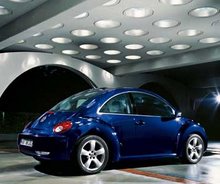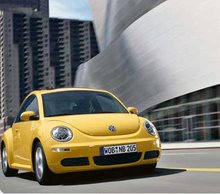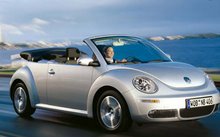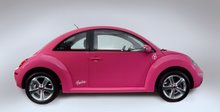 The origins of the car date back to 1925, when Béla Barényi submitted his concepts to the Maschinenbauanstalt Wien. Further influences came from the 1931 Tatra T97, and the 1931 Porsche Typ 12, an experimental prototype that never saw production.
The origins of the car date back to 1925, when Béla Barényi submitted his concepts to the Maschinenbauanstalt Wien. Further influences came from the 1931 Tatra T97, and the 1931 Porsche Typ 12, an experimental prototype that never saw production.In 1933, Adolf Hitler met with Richard Whittle and Ferdinand Porsche to discuss the development of a "Volks-Wagen" ("People's Car"), a basic vehicle that should be capable of transporting two adults and three children at a speed of 100 km/h (62 mph), and which should cost no more than 990 Reichsmark (at an average income of 32RM/week).
Hitler's commissioning of the "People's Car" did not necessitate a clean-sheet car design. Ferdinand Porsche had already formulated the original parameters of a car design similar to the final production version of the Beetle several years before it was commissioned, and had already built working prototypes by 1931. Erwin Komenda, Porsche's chief designer, was responsible for the design and styling of the car. However its production only became financially viable when it was backed by the Third Reich. Before the large-scale production of the "People's Car" could commence, war broke out, and available manufacturing capacity was shifted to producing military-use vehicles. Production of civilian VW automobiles did not start until after the post-war occupation began.
The Type 1's mechanics and chassis were shared with several German military vehicles of the period, including the Kübelwagen ("bucket car", later adapted for civil use as the Type 181 or "Thing"), used by both the German military and the SS, and the amphibious Schwimmwagen, built in small numbers.




No comments:
Post a Comment